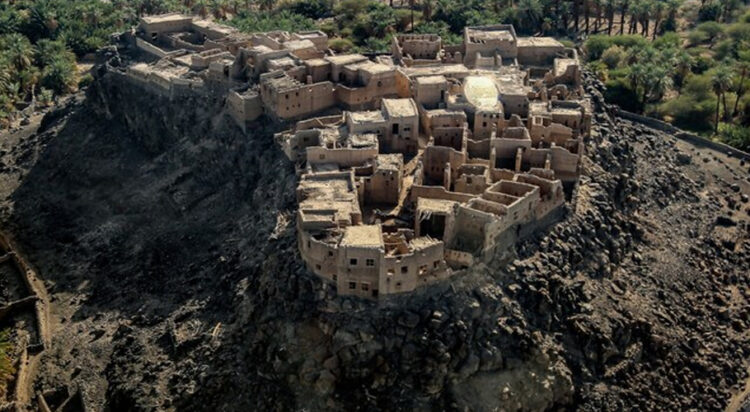![]() Follow Us on Google News
Follow Us on Google News
A 4,000-year-old fortified town, hidden in an oasis in present-day Saudi Arabia, has been unearthed, shedding light on the gradual shift from nomadic to urban life, archaeologists reported on Wednesday.
Dubbed Al-Natah, the ancient town was concealed by the walled oasis of Khaybar, a green patch amid the northwest Arabian Peninsula’s desert landscape. Researchers led by French archaeologist Guillaume Charloux uncovered a 14.5-kilometer-long wall at the site, marking a significant find.
In a recent study published in “PLOS One”, the French-Saudi research team provided “proof that these ramparts are organized around a habitat,” Charloux told AFP. Built around 2,400 BC during the early Bronze Age, Al-Natah likely housed up to 500 residents but was mysteriously abandoned a thousand years later.

At the time, cities flourished in the Levant, along the Mediterranean from modern Syria to Jordan, while northwest Arabia was thought to be mostly barren desert crossed by nomadic tribes. This view began to change with the 2009 discovery of Bronze Age ramparts in the Tayma oasis to the north, which spurred further exploration of these ancient oases.

Al-Natah’s walls, hidden under black basalt rocks, were so well-camouflaged they remained protected from illegal excavations. Aerial views revealed ancient pathways and house foundations, guiding archaeologists on where to dig.
The town’s towering ramparts — some reaching five meters (16 feet) high — suggest it was a center of local power, and these findings illustrate a gradual shift to “slow urbanism,” a transition from nomadic life to settled communities.

































